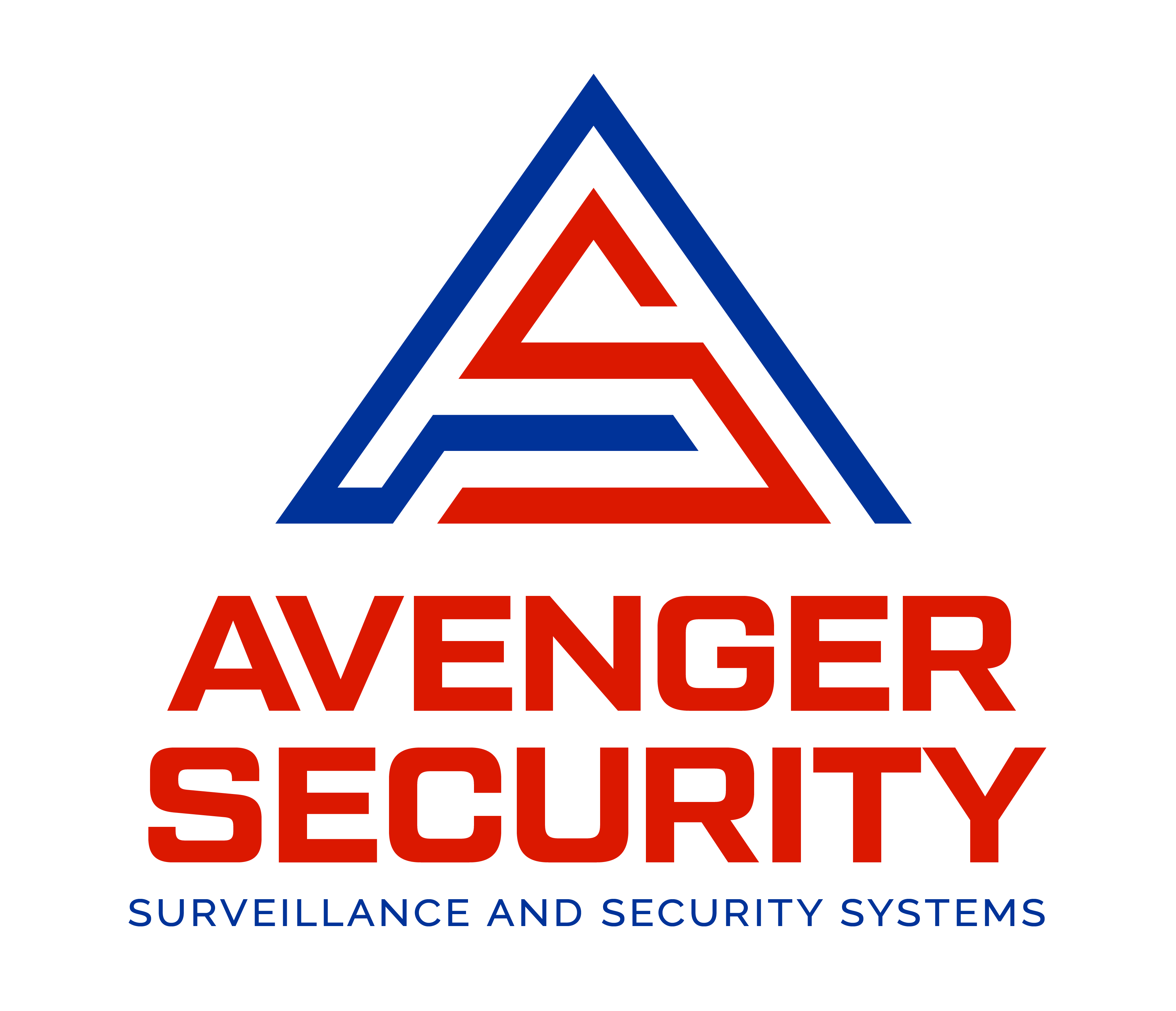Avenger Security will recommend fail secure access control configurations.
Avenger Security highly recommends to avoid using magnetic locks for access control configuration on your facility. Using magnetic locks in your access control configuration can compromise facility securty. Avenger Security does not charge for managed access control service quotes. If you need access control please make contact at 512-610-2698.
In the realm of access control systems, the choice between fail-safe and fail-secure configurations plays a pivotal role in determining the level of security and safety for your building. These configurations dictate how locking mechanisms respond when power is disrupted or during emergency situations. Understanding the differences between fail-safe and fail-secure doors access control is crucial for designing effective security strategies that align with specific needs and objectives. This article delves into the intricacies of these configurations, exploring their significance, features, applications, and considerations.
Understanding Fail-Safe Doors Access Control
Fail-safe access control configurations prioritize safety over security. In a fail-safe system, the door's locking mechanism is designed to automatically unlock when power is lost. This means that in the event of a power outage or during emergencies, individuals can exit the secured area without requiring any special action or access credentials.
Applications: Fail-safe doors are commonly used in environments where swift evacuation is a top priority. They are prevalent in public buildings, schools, hospitals, and locations that must adhere to strict fire and safety codes. Fail-safe systems provide a quick and straightforward exit strategy during critical situations.
Fail-safe systems require continuous power to keep doors locked. If power is lost, the doors unlock automatically. Fail-safe configurations ensure smooth emergency egress without the need for specific credentials or access control devices. In some cases, fail-safe doors can be manually overridden to unlock from the outside using a mechanical key or lever.
Fail-safe systems facilitate rapid evacuation during emergencies, reducing potential bottlenecks. They adhere to safety regulations and codes that prioritize emergency egress. Understanding Fail-Secure Doors Access Control
Fail-secure access control configurations prioritize security over safety. In a fail-secure system, the door's locking mechanism remains locked when power is lost. This means that during power outages or emergencies, individuals cannot freely exit the secured area without proper credentials or intervention from authorized personnel. Fail-secure doors are suitable for environments where security is paramount. They are commonly used in high-security facilities such as data centers, government buildings, financial institutions, and restricted areas that demand strict control over access. More schools and public facilities choose fail secure for a higher level of security.
Fail-secure systems require power to remain locked. If power is lost, the doors remain locked, preventing unauthorized access.
Authorized individuals require proper credentials or actions to unlock the door and exit during emergencies.
Fail-secure doors can have manual override options for authorized personnel to unlock the door from the inside during emergencies.Fail-secure systems maintain stringent control over access, ensuring that only authorized personnel can enter or exit.In areas where sensitive information is stored, fail-secure doors prevent unauthorized individuals from accessing critical resources.
Considerations When Choosing Fail-Safe or Fail-Secure
Consider the primary focus of the environment. If rapid emergency egress is crucial, a fail-safe configuration might be more suitable. If security is paramount, a fail-secure approach may be necessary. Ensure compliance with local building codes and safety regulations. Certain buildings are required to have fail-safe doors to facilitate quick evacuation. Evaluate the existing emergency procedures and protocols. How individuals are expected to exit during emergencies will influence the choice between fail-safe and fail-secure systems.
Access Control Strategy:
Examine the overall access control strategy. Consider how the chosen configuration aligns with other security measures, such as surveillance and intrusion detection systems.
Operational Needs:
Understand the day-to-day operations of the facility. Determine whether the convenience of fail-safe or the security of fail-secure is more suitable for daily activities.
The decision between fail-safe and fail-secure doors access control configurations is not a matter of one being superior to the other. Rather, it's a matter of aligning security strategies with specific needs, priorities, and operational requirements. Both configurations have their merits and applications in different environments. Fail-safe doors prioritize swift emergency egress, ensuring the safety of individuals during critical situations. Fail-secure doors emphasize security by maintaining strict control over access, particularly in high-security areas. By understanding the nuances of these configurations and assessing the unique demands of each environment, organizations can implement access control systems that strike the right balance between safety and security, fostering a secure and protected environment for all occupants.

